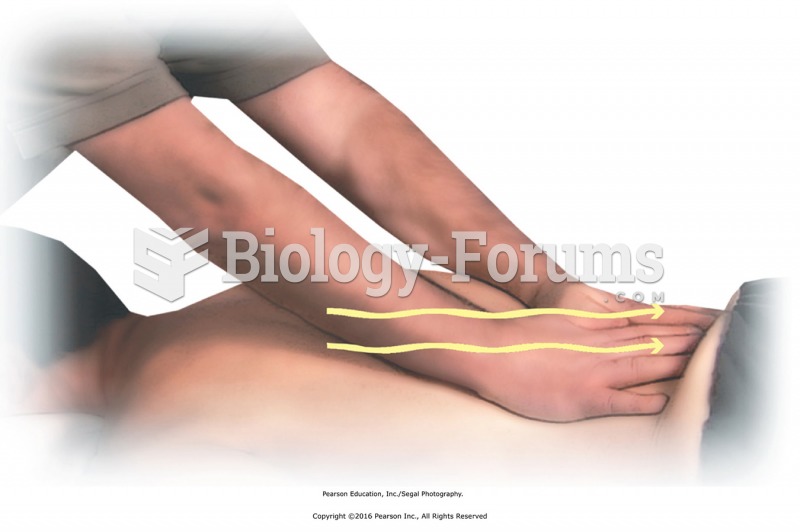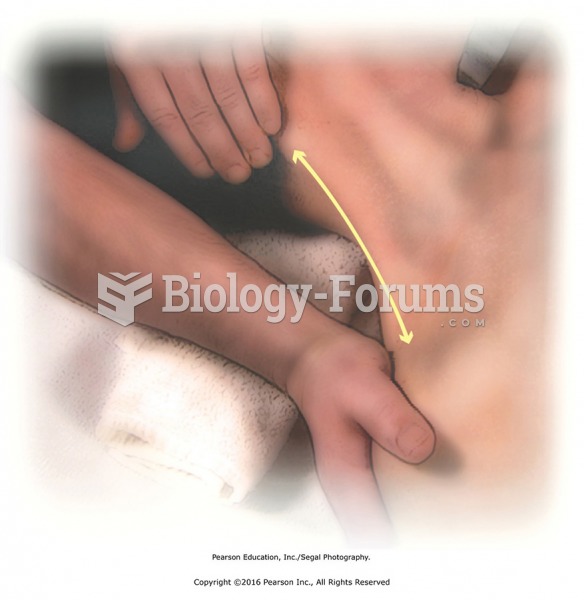|
|
|
Nearly all drugs pass into human breast milk. How often a drug is taken influences the amount of drug that will pass into the milk. Medications taken 30 to 60 minutes before breastfeeding are likely to be at peak blood levels when the baby is nursing.
The shortest mature adult human of whom there is independent evidence was Gul Mohammed in India. In 1990, he was measured in New Delhi and stood 22.5 inches tall.
There used to be a metric calendar, as well as metric clocks. The metric calendar, or "French Republican Calendar" divided the year into 12 months, but each month was divided into three 10-day weeks. Each day had 10 decimal hours. Each hour had 100 decimal minutes. Due to lack of popularity, the metric clocks and calendars were ended in 1795, three years after they had been first marketed.
Medication errors are three times higher among children and infants than with adults.
The Romans did not use numerals to indicate fractions but instead used words to indicate parts of a whole.
 Stretch arm overhead. Stand to the side facing the same direction as the recipient. Hold onto the ...
Stretch arm overhead. Stand to the side facing the same direction as the recipient. Hold onto the ...
 Gently stretch neck muscles. Apply stretches with head in neutral position, lateral flexion, and ...
Gently stretch neck muscles. Apply stretches with head in neutral position, lateral flexion, and ...





